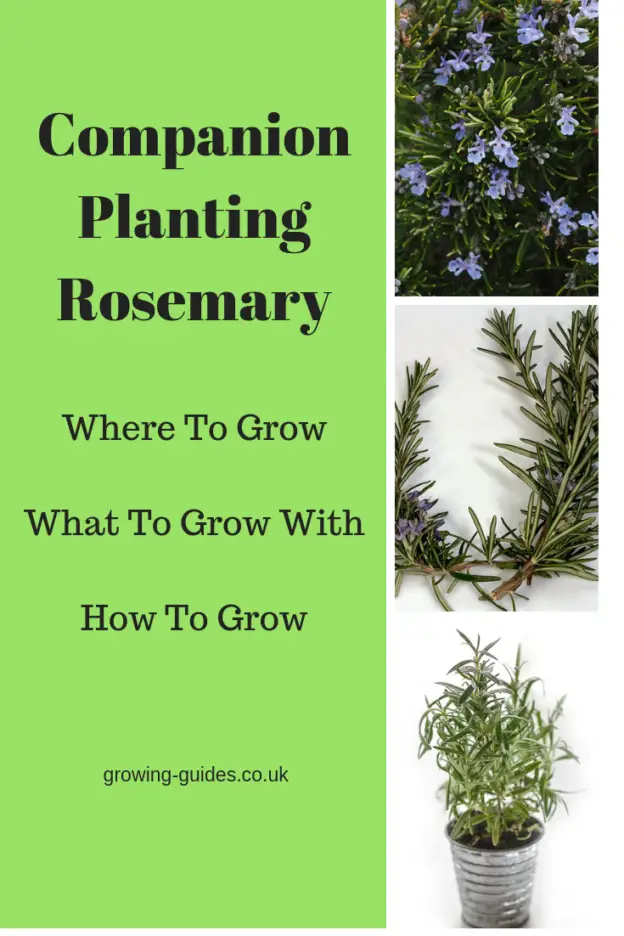Companion Planting Rosemary

Rosemary is a well known herb that is used with great success in the kitchen. Most people whether gardeners or not will recognise Rosemary probably by it’s leaves but definitely by it’s aroma. What is not so commonly known is the benefits of companion planting Rosemary in the vegetable patch. Companion Planting Rosemary Companion planting rosemary in your garden brings numerous benefits to the plants around it, making it one of my favourite herbs to grow. When you put all the hard work and effort into growing plants in your garden, there is nothing more soul destroying than having them… → Read More












